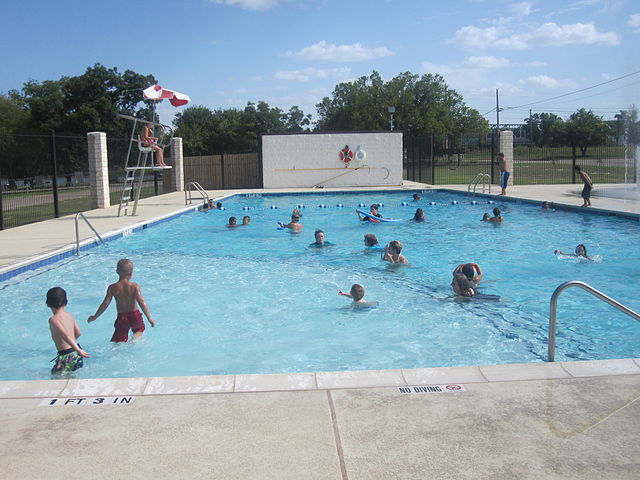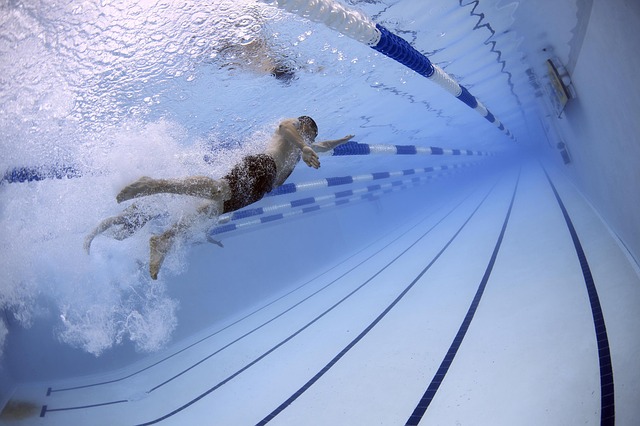Recently, the mainstream media has been reporting on the urine content of public swimming pools. Researchers decided to find out how much pee was actually in our pools, and so they started collecting samples and breaking it down into its pee/non-pee components. What they found was truly disgusting: a large chunk of the water in swimming pools isn’t water at all, it’s urine.
The saving grace of the story is that urine, especially dilute urine, can’t really hurt you, even if you happen to swallow some water while doing your lengths. But it got people thinking: what other nasty surprises are lurking in swimming baths? And could they affect our health?
Before you decide to leap into your local pool, take a look at some of these things that might be floating beneath the surface.
Feces
The Centers for Disease Control are a public body in the US that uses taxpayer money to find out interesting things about the nation’s health. Recently, they’ve been trying to find out how much fecal matter the average person contributes to a swimming pool each time they get in. The CDC has put this at 0.14g per adult during the first fifteen minutes after entering.
The Centers for Disease Control then began inspecting pools up and down the country to see how bad the problem was. To their surprise, their inspections found that more than 1 in 8 pools had more fecal matter floating in them than the safe limit, violating public safety and leading to the risk of serious waterborne diseases. In some cases, pools were immediately closed and could only reopen once the problem had been sorted out.
Recreational Water Illnesses
Recreational water illnesses, including pansinusitis, are diseases that result from swallowing water contaminated by germs. According to the Centers for Disease Control, there has been an increase in the number of RWIs recently, thanks to the increasing popularity of swimming pools and hot tubs.
Most people think that they’re safe from germs when they’re swimming because of all the chlorine in the water. But chlorine doesn’t kill germs instantly. Instead, it takes time for them to denature, meaning that they have a chance to get into your body while they’re still alive.
In public swimming pools, the problem is even worse. Urine and sweat attach to chlorine molecules in the water, deactivating them and stopping them from killing bacteria. This is why swimming at a public swimming pool can be so dangerous: the staff may think that they’ve put sufficient chlorine in the water to protect people, but if everybody is urinating then their efforts are in vain.
Cryptosporidium
Cryptosporidium, also known as “Crypto” for short, is a type of microscopic parasite that is often found on the surface of soil, food and contaminated water. Unlike other parasites which are killed by chlorine, crypto has a hard outer shell which protects it from chlorine’s effects, meaning that it can survive for extended periods of time in chlorinated water.
You might think that swallowing this little critter is harmless. But it turns out that it can lead to some pretty serious diarrheal diseases, including cryptosporidiosis. Crypto can seriously hurt the careers of professional swimming athletes.
According to the CDC, cases of crypto increased by over 200 percent between 2004 and 2008, suggesting that this is a worsening problem in the nation’s swimming pools.
Chlorine Byproducts
Chlorine is a nasty substance in its own right. Chlorine gas was used in World War 1 as a weapon, thanks to its deadly effects on the respiratory system. It soon got used in swimming pools because it was so effective at killing stuff, including bacteria. And so in the twentieth century, small amounts of chlorine were added to the water to keep it free from germs.
The problem is that swimming pools don’t remain a mixture of chlorine and water for long. As soon as people get in, they become a combination of sweat, sunscreen, bacteria, urine and fecal matter. All these substances react with the chlorine already in the water, causing it to give off a strong chlorine odor. It turns out that well-maintained pools are almost odor free. That’s why, if you’ve ever been to a private swimming pool which is rarely used, you won’t smell chlorine all that strongly. It’s not because the chlorine isn’t there: it’s just that it’s not got anything to react with.
If you go to a public swimming pool, especially one run by local government, you’ll almost always be hit with a strong smell of chlorine. And that’s not a good thing.












Comments are closed.